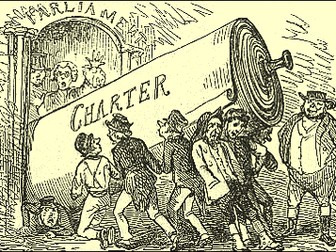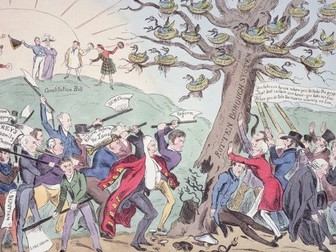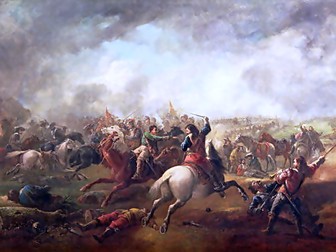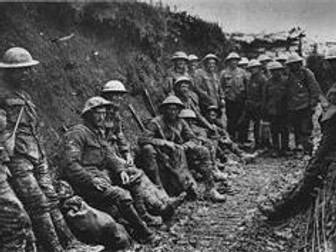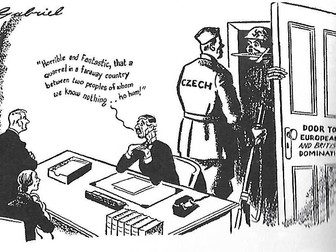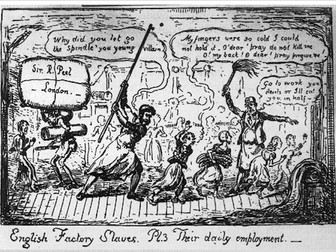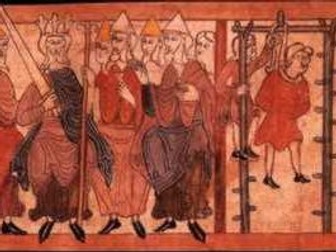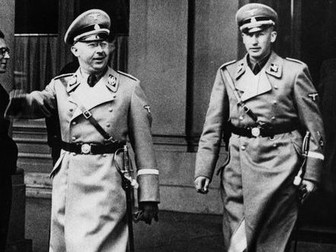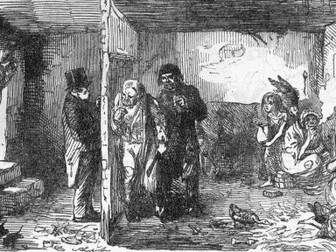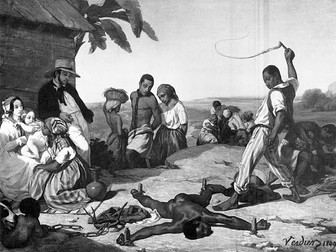The Chartists (3 lessons)
Key Question : 'How successful were the Chartists?'<br />
The resources consider the causes and effects of the Chartist Movement in the context of Parliamentary Reform and working class protest. Issues such as peaceful protest, the tension between physical and moral force and the difficulties involved in organising an effective national movement for the working class are raised and can be taken further. A Power Point (34 slides) with 'YouTube' clips and information sheet covers the main events, learning targets and associated activities, supported with card sorts and worksheets. The resources are most suited to pupils of average to above ability at KS3.<br />
Concepts: empathy, causes and effects (multi and interconnections, prioritising), significance, historical sources, chronology / sequencing; protest, radical, reform, moral and physical force, petition, rally, Charter, campaign.<br />
Assessment : opportunities for creative writing (empathy) on the 1848 demonstration on Kennington Common and extended answers on 'Why did the Chartists fail?' / 'How successful were the Chartists?'
